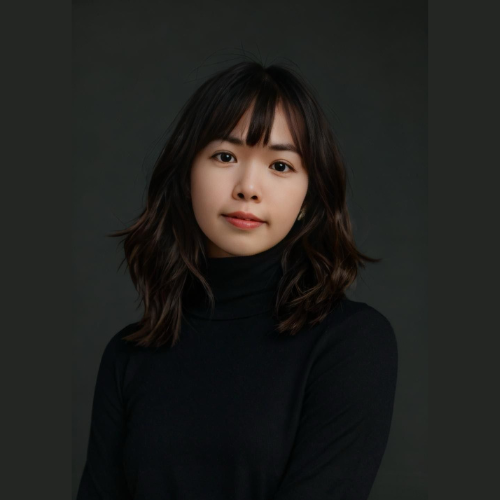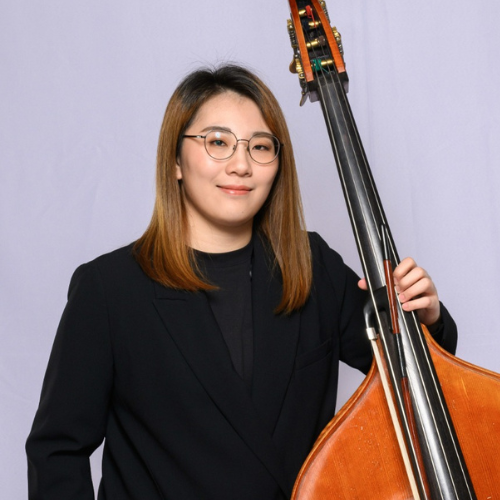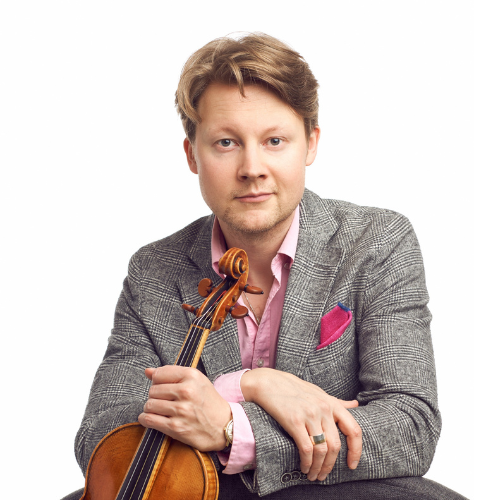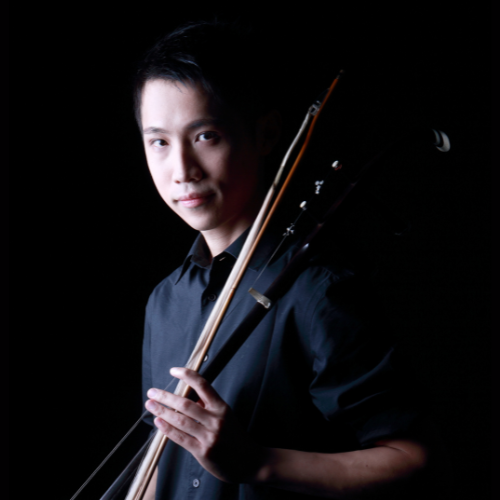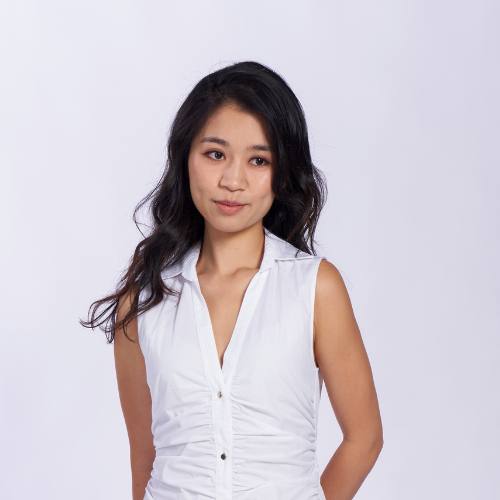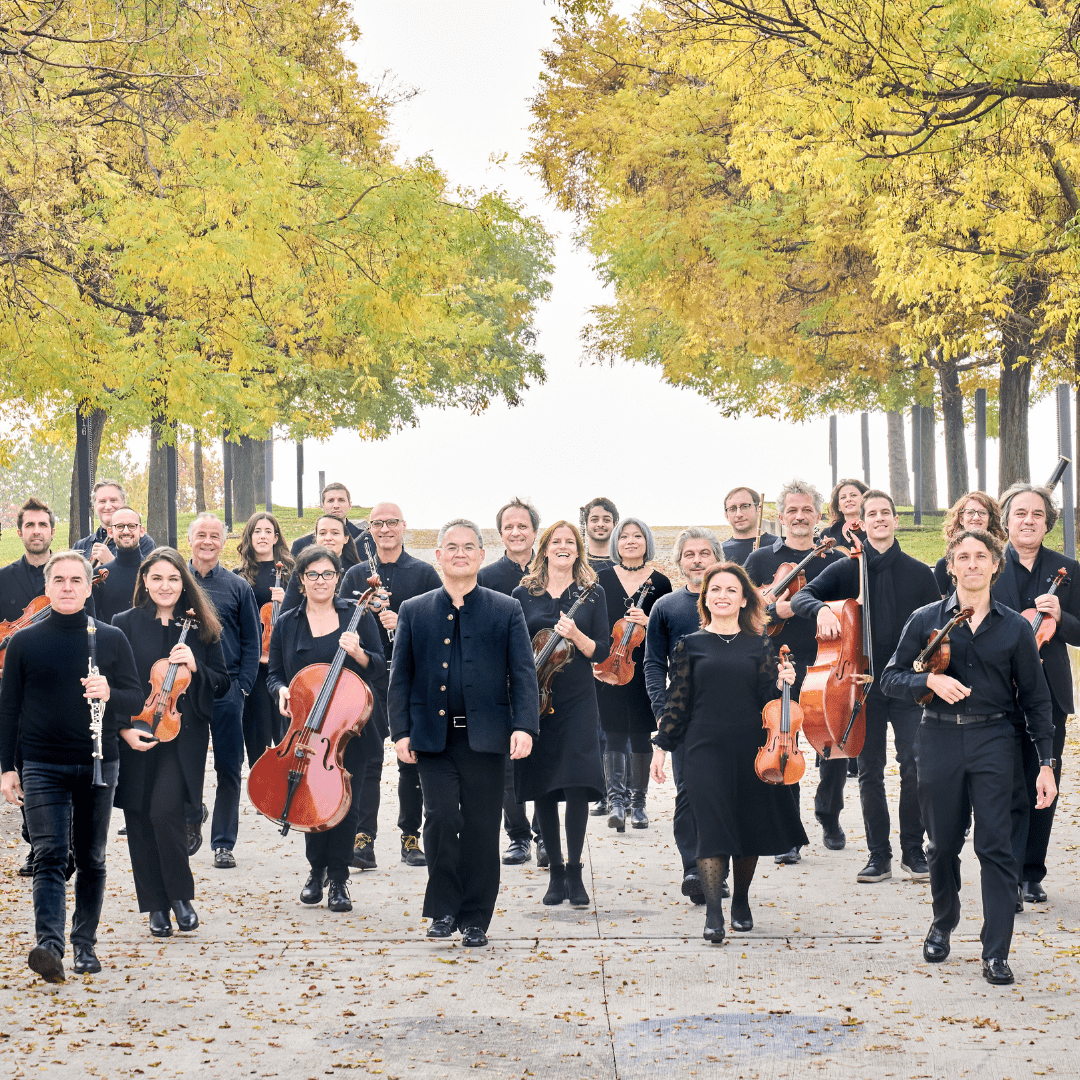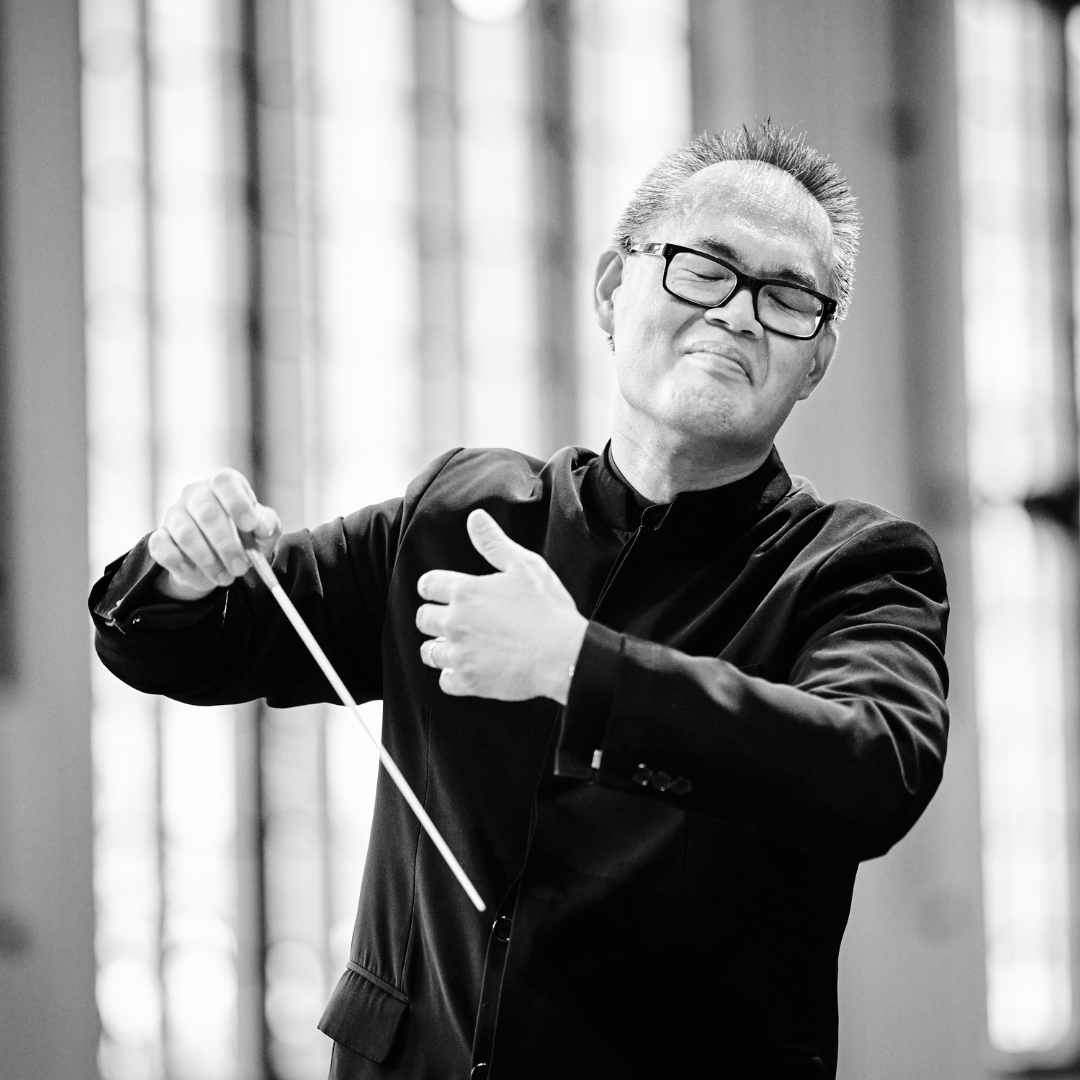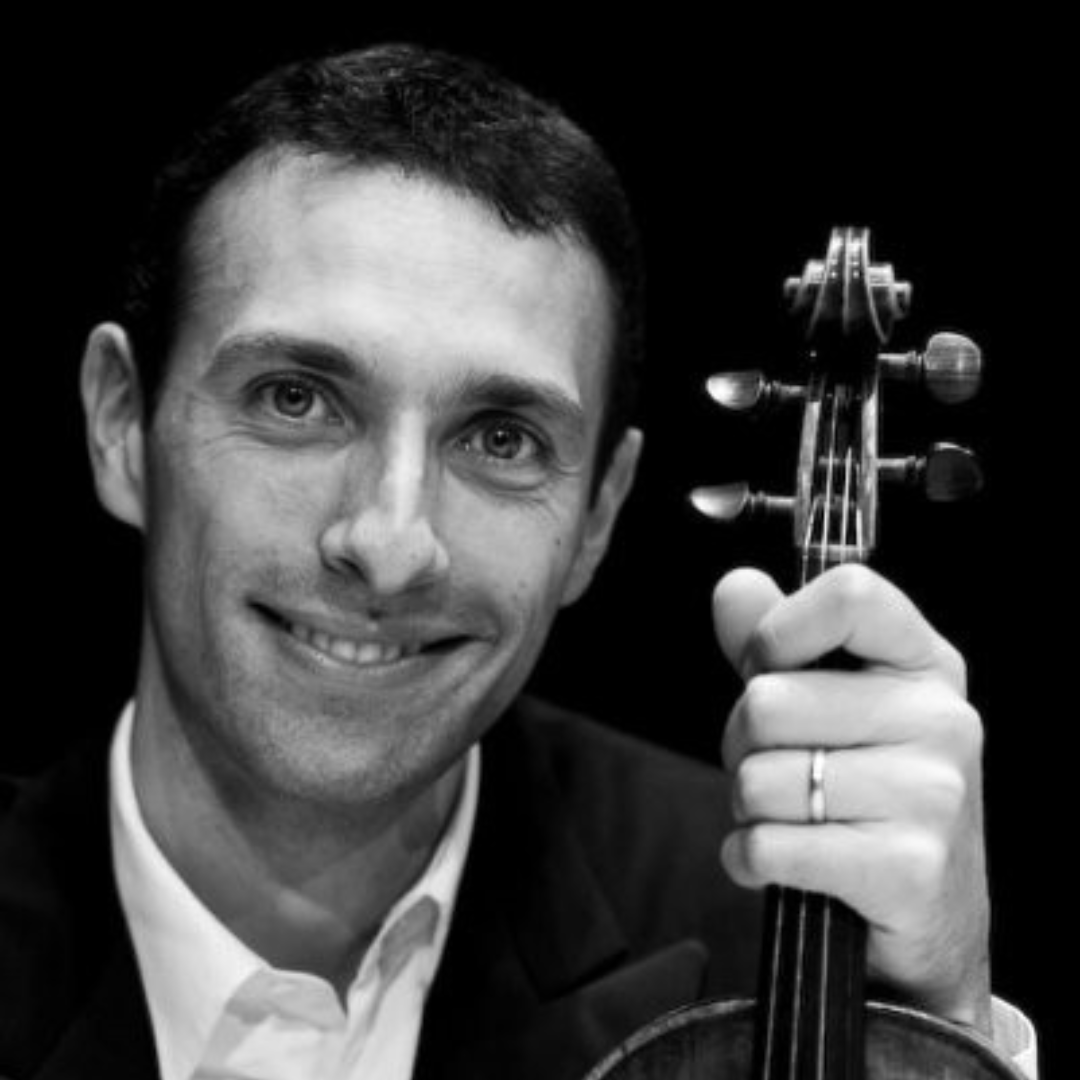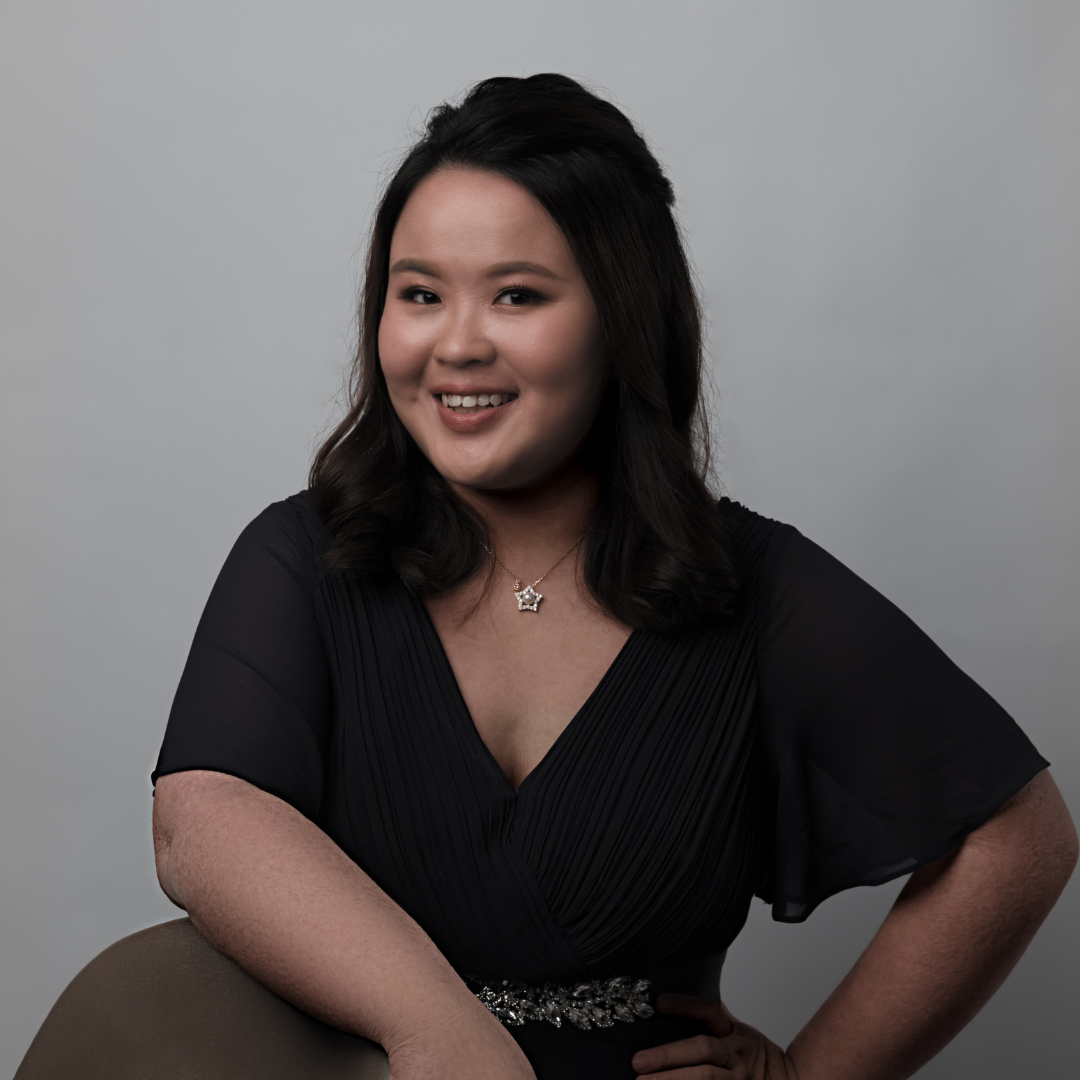 |
English Chamber Orchestra
|
“One of the world’s greatest ‘living’ orchestras” Classical Public Radio (US)The English Chamber Orchestra has been performing across the UK and globally for over 60 years and is the most recorded chamber orchestra in the world. From its beginning, the ECO has worked consistently with the most significant musical figures in classical music starting in 1960 with its first patron Benjamin Britten. The ECO celebrates and builds upon its tradition of maintaining the highest international musical standards, nurturing new talent and focusing on the “best of British” music and musicianship.
As well as its work with Benjamin Britten, the orchestra has toured the UK and abroad with artists such as Daniel Barenboim, Dame Janet Baker, Colin Davis, Plácido Domingo, Jacqueline du Pré, Kiri Te Kanawa, Yehudi Menuhin, Luciano Pavarotti, Murray Perahia, Itzhak Perlman, André Previn, Karl Richter, Mstislav Rostropovich, Georg Solti, Mitsuko Uchida, Maxim Vengerov and Pinchas Zukerman.
Recent tours have included Bermuda, US, Mexico, Finland, France, Turkey, Switzerland, Italy, Germany, Slovenia, Austria and Bulgaria, as well as concerts across the UK and at London’s Royal Festival Hall, Queen Elizabeth Hall, Kings Place and Cadogan Hall.
HRH King Charles III has been the Patron of the ECO since 1977 and the orchestra has performed at many high profile and private Royal occasions including the first concert ever to be broadcast from Buckingham Palace. The orchestra has also recorded many successful film soundtracks including Dario Marianelli’s prize-winning scores for
Atonement and Pride and Prejudice.
The ECO is proud of its outreach programme,
Close Encounters, which works on musical and performance collaborations with communities and schools around the UK and abroad.
Close Encounters, has recently been awarded first place in the UNESCO Seeds of Hope competition. Working with 21 schools around the UK on their
Lights, Camera, Score project, the award was given for an inspiring combination of animation, music and creative writing by the pupils, coupled with engaging collaborative performances by those involved. In 2023/2024, the orchestra delivered a wide range of projects across the country, including an event in Calderdale as part of the Culturedale initiative. Our ongoing relationship with Tower Hamlets Music Service is an important part of establishing a regular presence for the ensemble with the next generation and building musicians and an audience for the future.
The ECO continues to expand their program, bringing musical experiences to widen the orchestra’s community reach.
The ECO is proud to be working with Roberto Forés Veses as Principal Guest Conductor and Stephanie Gonley as Leader and Principal of the orchestra. Future plans include touring projects in Spain, Germany, Hong Kong and China alongside the performances in London and further afield in the UK.
Photo by Keith Saunders

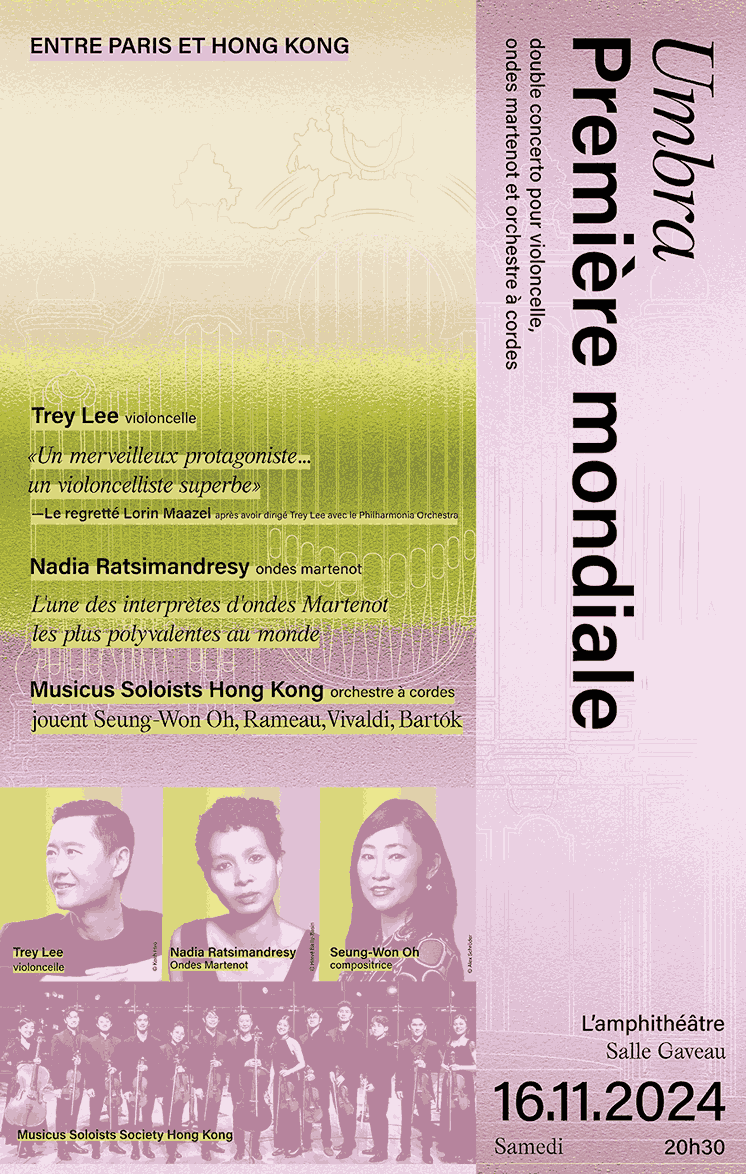

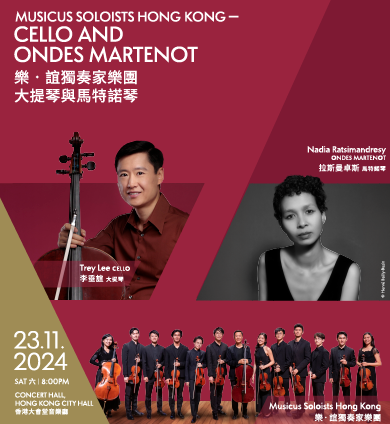

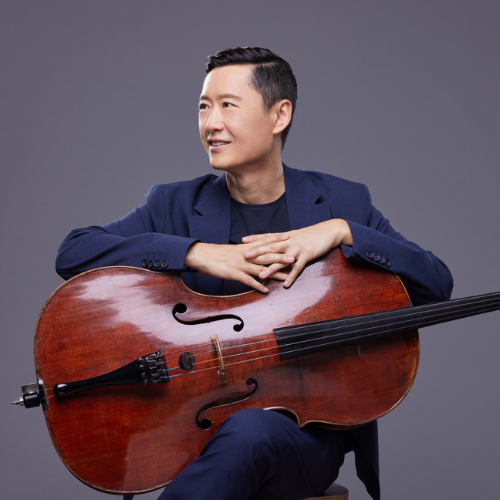





































































































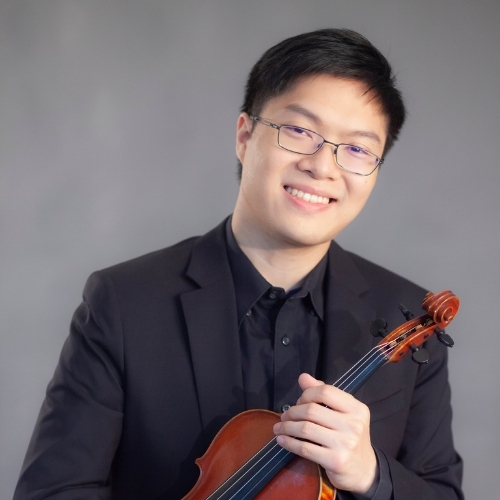







































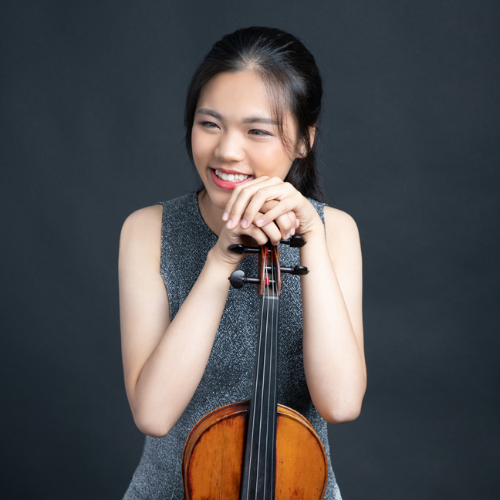














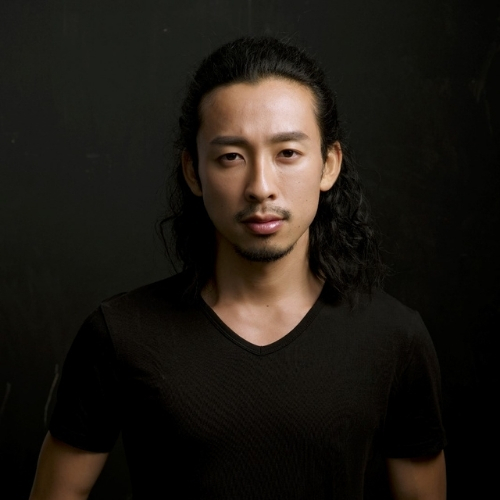

























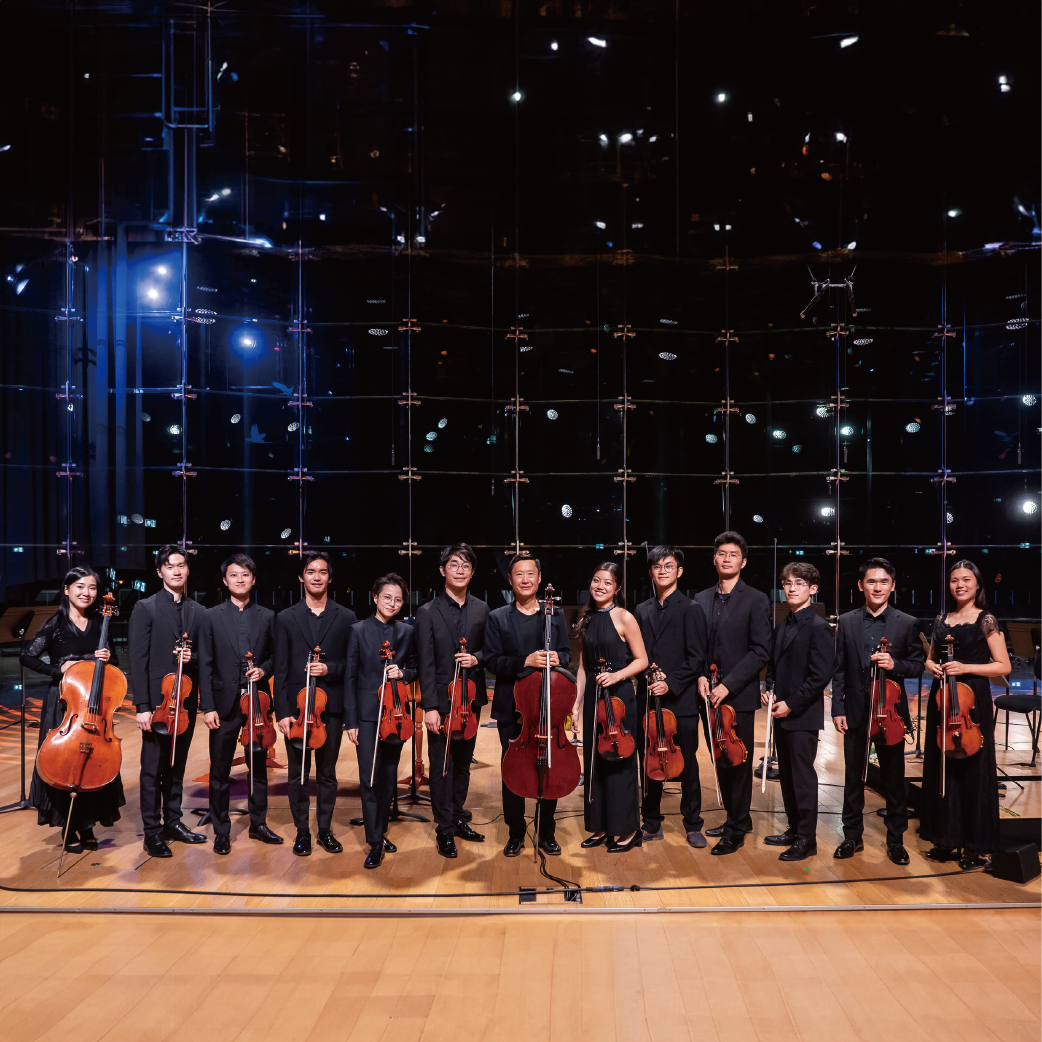






_500x500_1.png)
MarkSavage_500x500.png)

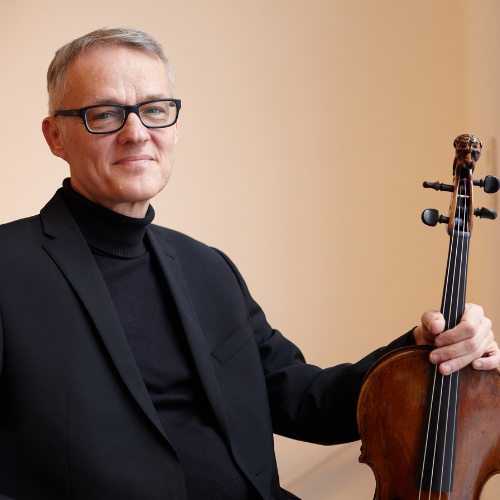

















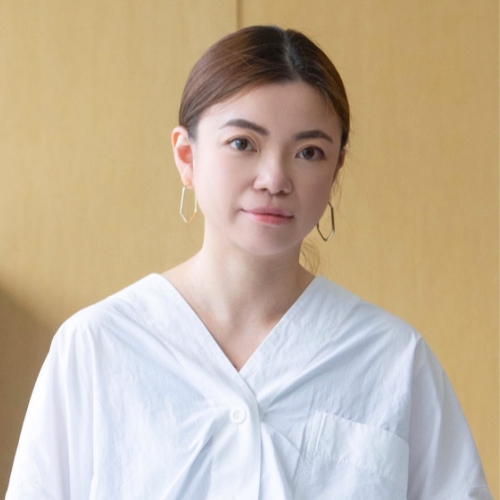



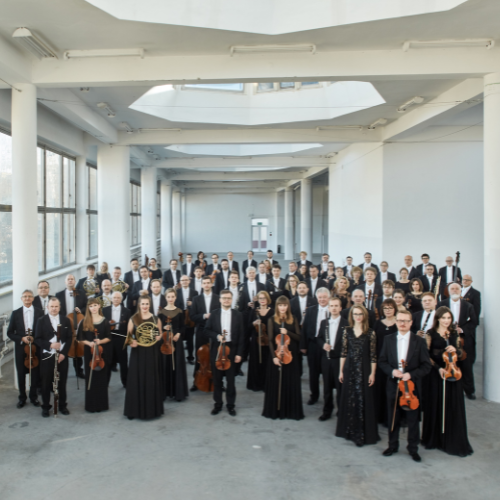




Herv%c3%a9Bailly-Basin.png)


